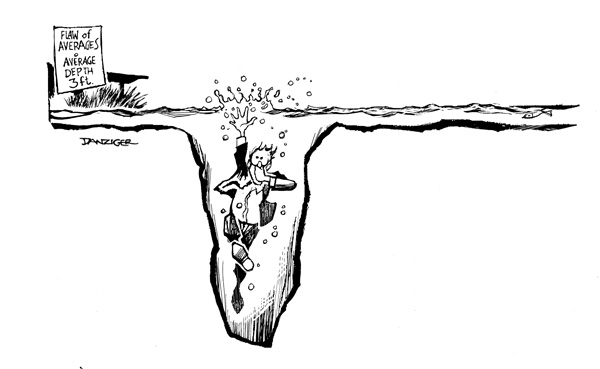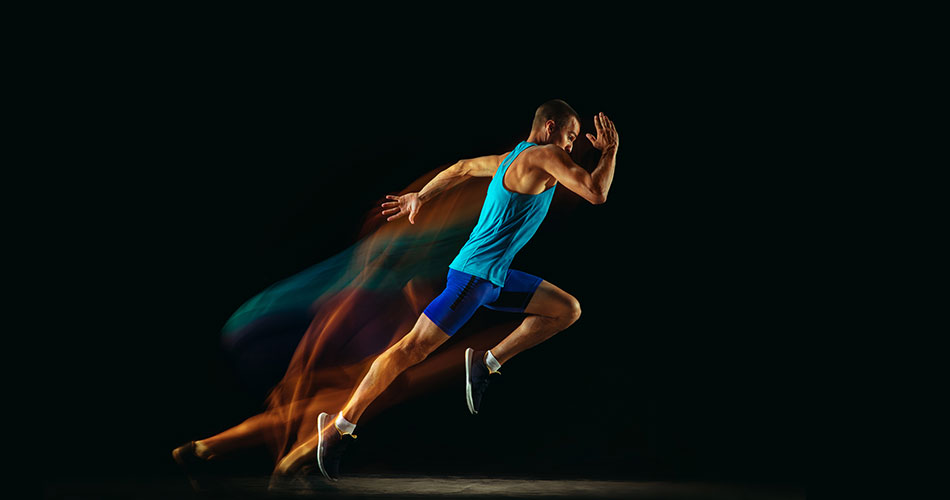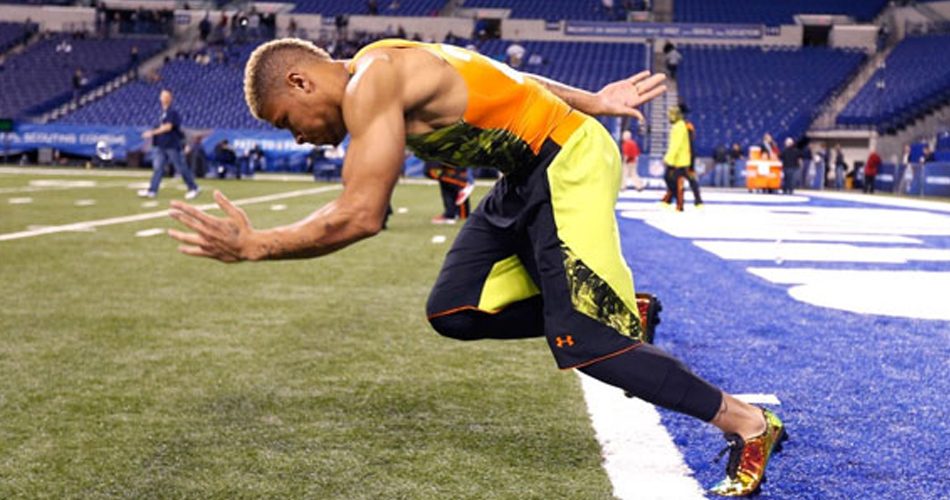Repeated Sprint Ability is Overrated? (Part 4)
Previus parts:
Repeated Sprint Ability is Overrated? (Part 1)
Repeated Sprint Ability is Overrated? (Part 2)
Repeated Sprint Ability is Overrated? (Part 3)
I am afraid that this article got away from sole RST/RSA/RSS discussion. The things I warned against, besides trying to answer whether RST/RSA is overrated, are the following:
- Watch out for the mean/average values – pay more attention to variability of the data, distributions, zones and how the data evolves over time
- Watch out for the velocity based time motion analysis (especially with absolute zones without relative ones) – pay more attention to acceleration and power expression, not only movement speed.
- Watch out for the linear/mechanical logic, especially deducted from the cross-sectional studies (whose conclusions were based on mentioned flaws) – pay more attention to longitudinal studies and complex systems logic
Regarding the first bullet-point, David Tenney from Seattle Sounders recommended me a book Flaw of Averages by Sam Savage worth checking. When I checked the author’s website, the following picture popped out:

I just can’t agree more.
Another feedback I received lately was by Martin Buchheit regarding intermittent critical power (iCP) concept. He actually did a study on it (Int J Sports Med. 2008 Apr;29(4):307-15), which I forgot to reference. You can check it HERE. The conclusion was that iCP is basically hopeless.
When it comes to velocity-based time motion analysis, I already pointed out to the two posts, but I will repeat this one more time and stop bitching on it for the rest of the article (please check THIS and THIS posts). Instead I will focus on the last bullet-point: Watch out for the linear/mechanical logic.
The mentioned linear thinking can be depicted in the following way:

Let’s deal with the first link. Will RST improve RSA? I’ve covered this problem in my Troubles with RSA article, but I want to give you a heads up on the article/commentary by Martin Buchheit in Sports Med. 2012 Feb 1;42(2):169-72 (check it HERE). Basically, Martin concluded the same think (but with more proof). Here are some of the sentences:
…A faster MAS is associated with a lower relative exercise intensity during the between-sprint recovery periods and reduces the proportion of the anaerobic reserve[15] that is used during the RS exercise.[16] This likely results in a lower anaerobic system participation and diminished local peripheral physiological disturbance and, in turn, a better RSA. In a practical way, these data suggest that the development of these two key running speeds (maximal sprinting speed and MAS) should be targeted first when the goal is to develop RS performance in team sport players. All additional training strategies targeting specific physiological adaptations (e.g. buffer capacity or phosphocreatine resynthesis) are also obviously welcomed.[1]
…To conclude, a combination of all training methods is probably the best option in real practice.[1] I will always keep in my records the 2004–5 season of my formerHandball team (Se´lestat, First French League), when, as a strength and conditioning coach, I almost exclusively implemented RST during the preparatory phase. While there is obviously no direct link between the players’ physical capacities and the game outcomes, the team had the worst start to the season in years (possible interference phenomenon[17]). Interestingly, the team became much more successful during the second part of the season, when handball specific but ‘isolated’ speed and HIT training sessions were implemented.

Taken from Sports Med. 2012 Feb 1;42(2):169-72
When I was chatting with Håkan Andersson we touched upon this RST à RSA issue (click HERE to read the interview with Håkan). His opinion was to take context/athletes into account – soccer players (with couple of exceptions) are not even close to high level sprinters, and thus training aimed for high level sprinters might not be needed for soccer players. This included speed work with very long rest, etc. So, RST might kill two birds with the same rock. I am not sure if I completely agree with this – I am more in line with Martin Buchheit that possible the combination of the methods might be the best option. I am not sure if I touched upon this, but I am pretty sure I warned against blindly applying training methods and planning/programming from power/endurance sports for mixed sports in THIS article. To keep the long story short, in my mind the story of improving RSA goes like this:

Of course, this logic is valid only if improvement in RSA is related to improvement in Game Performance (and if that actually matter for the final outcome). I will come to this ‘flawed’ logic of mine later.
When it comes to the logic that improving RSA or any other physical preparedness quality will improve game performance, most of our proof is based on the cross-sectional studies and correlations. In the letter to the editors (Eur J Appl Physiol. 2011 Sep;111(9):2387-9), Martin Buchheit (yes, the hero of this article) and Alberto Mendez-Villanueva were critiquing the series of studies on YoYo test by a group of authors (Bradley et al.) in which the concluded that YoYo was sensitive to predict match-related physical performance in soccer. I won’t go in much detail here (make sure to check the article HERE) besides quoting the title (Physical Capacity-Match Physical Performance relationship in soccer: simply, more complex) and the following sentence:
…Thus, the fact that players occupying different positions have similar physical capacities (i.e., Yo-Yo IE2 test) despite the marked differences in match physical performances suggest that the game’s tactical requirements rather than players’ physical capacity might be more important in determining on-field players’ activity patterns
Speaking from my own experience, we had GK that covered more distance in YoYo Intermittent Recovery Test Level 1 than couple of fullback and middle fielders.
Thus, it is hard (impossible?) to conclude that players with better physical qualities (MAS, YoYo, etc) will perform better physically (more HIA, RSS and even ball contacts, etc) in a game (without taking game tactical constraints of the positions played into account), and it is even harder (more impossible?) to conclude that improving physical qualities will improve physical game performance, especially out from cross-sectional data.











Responses